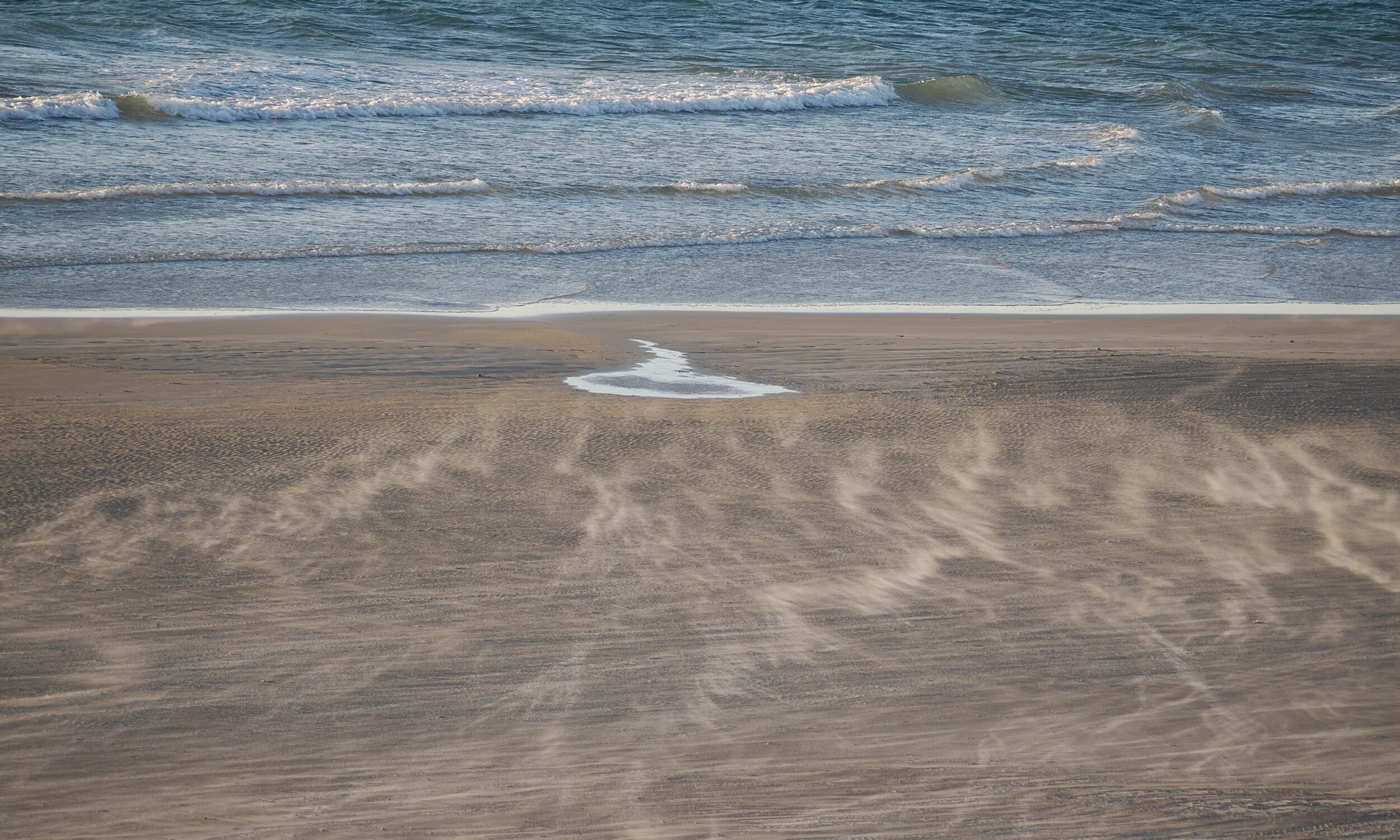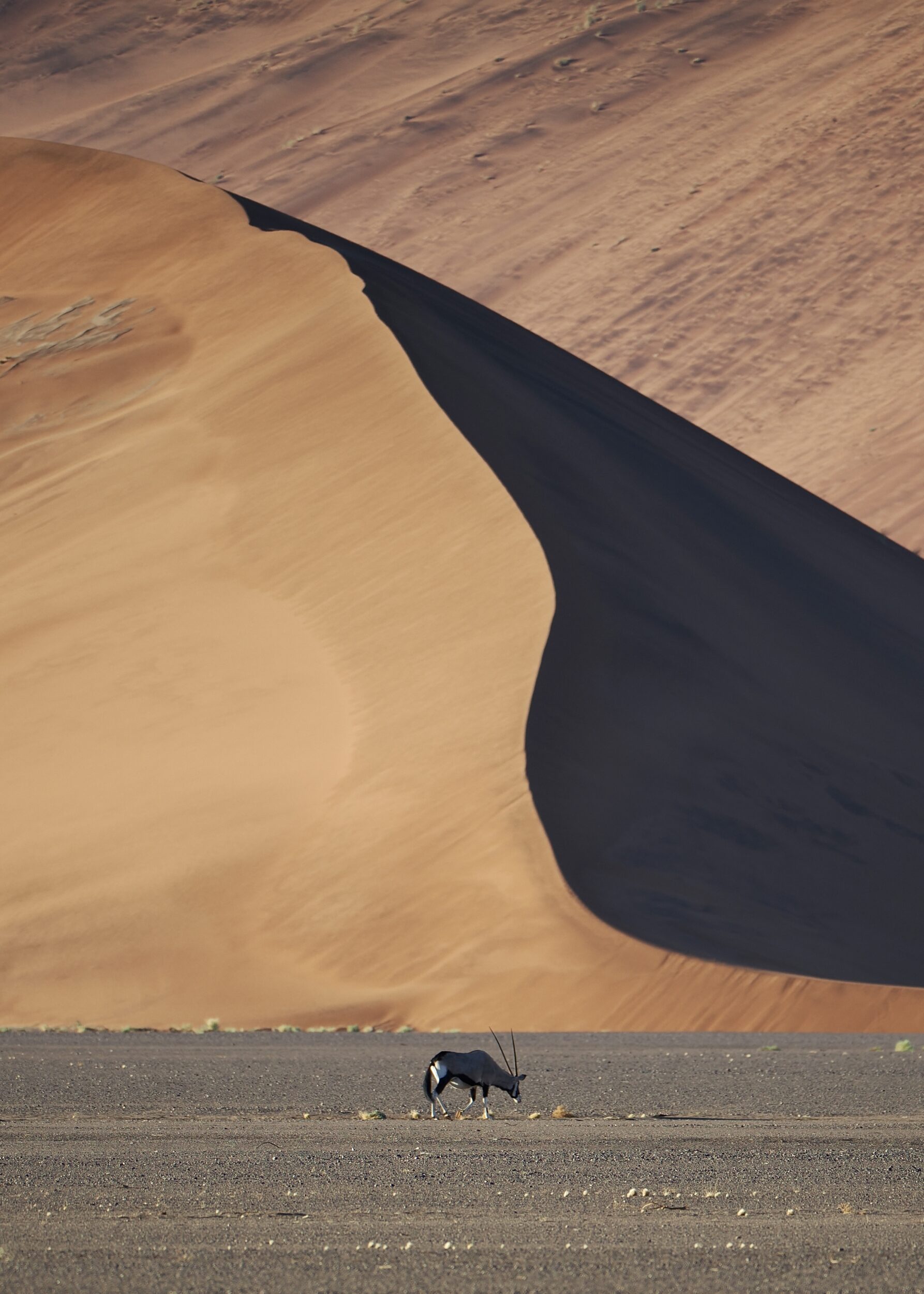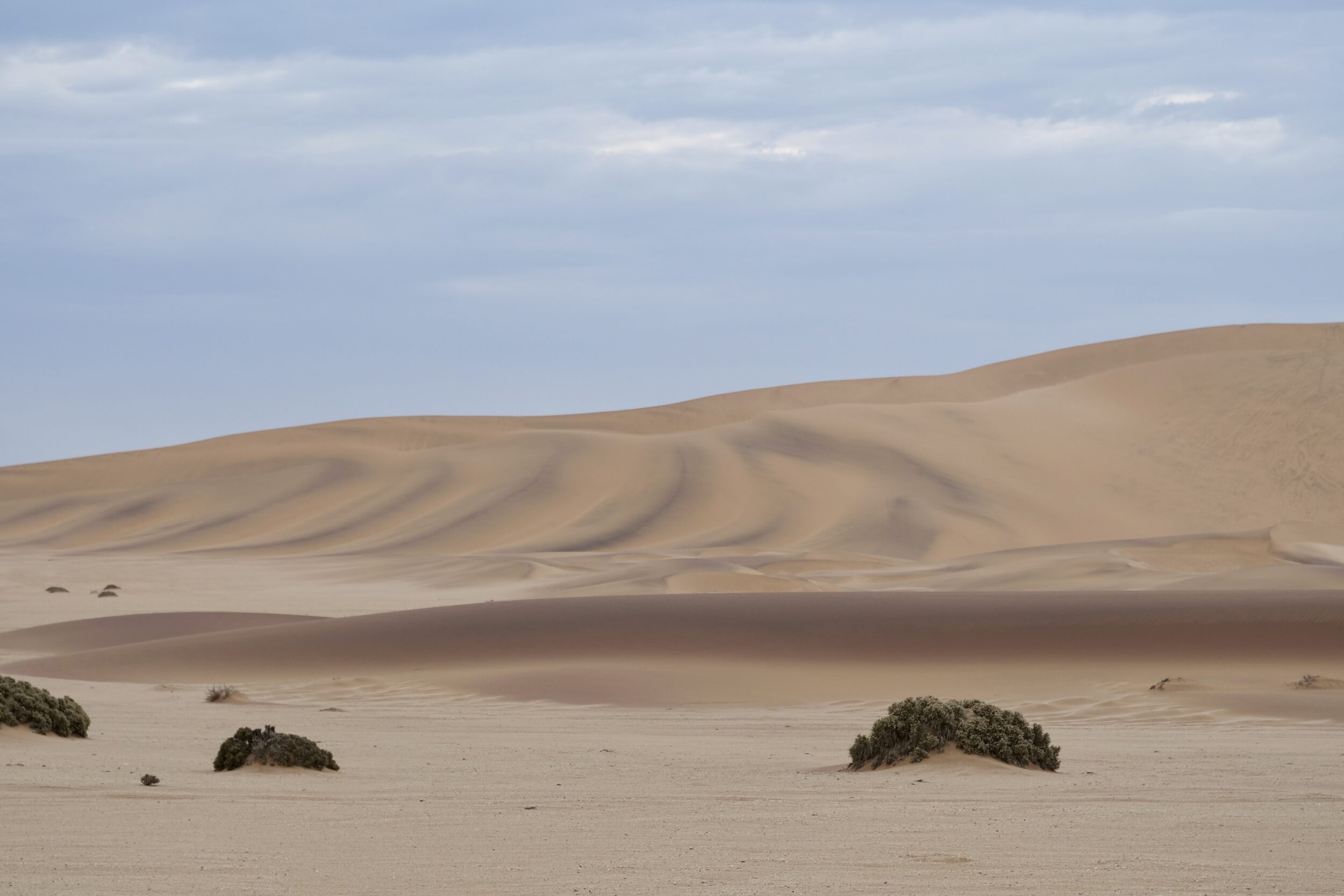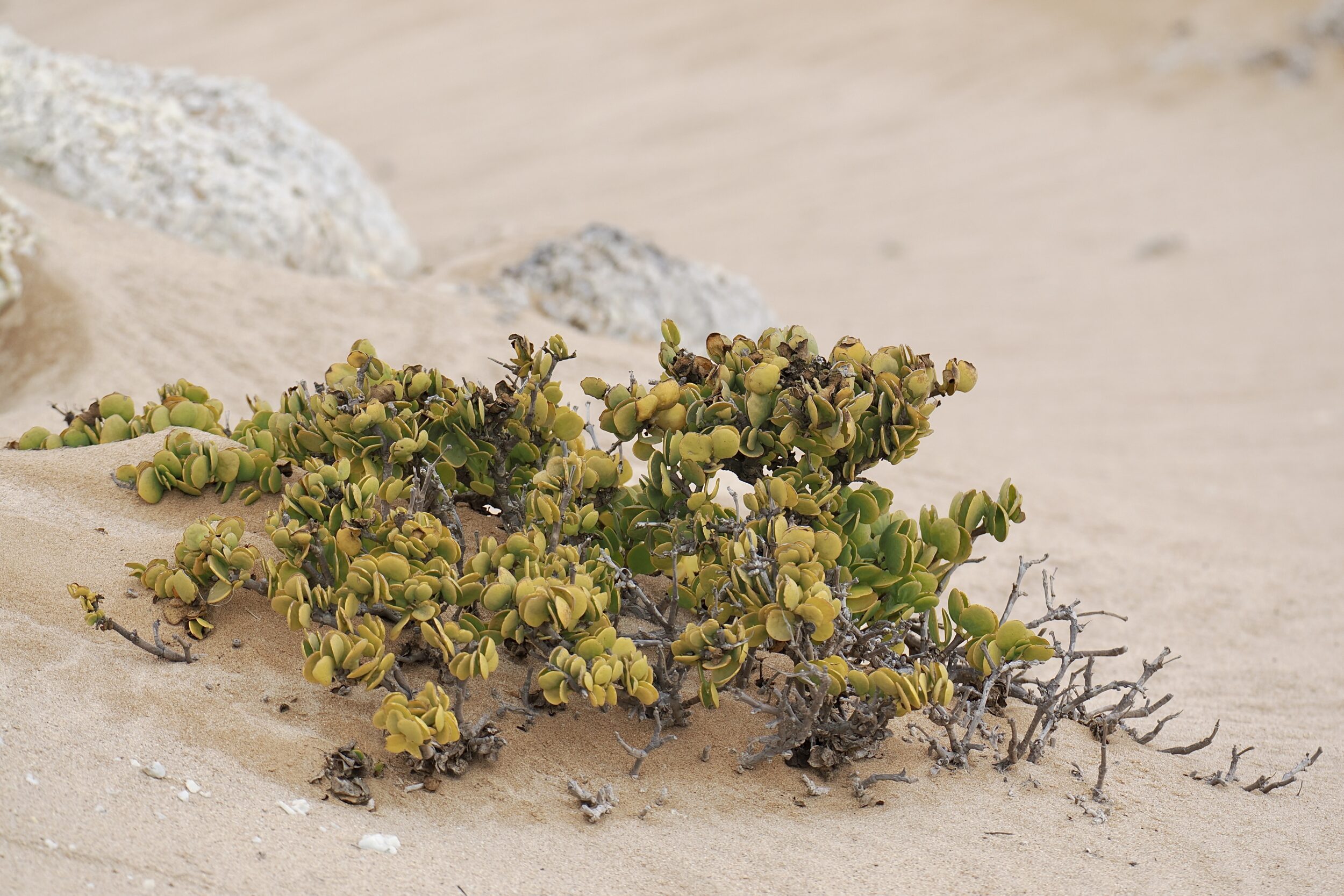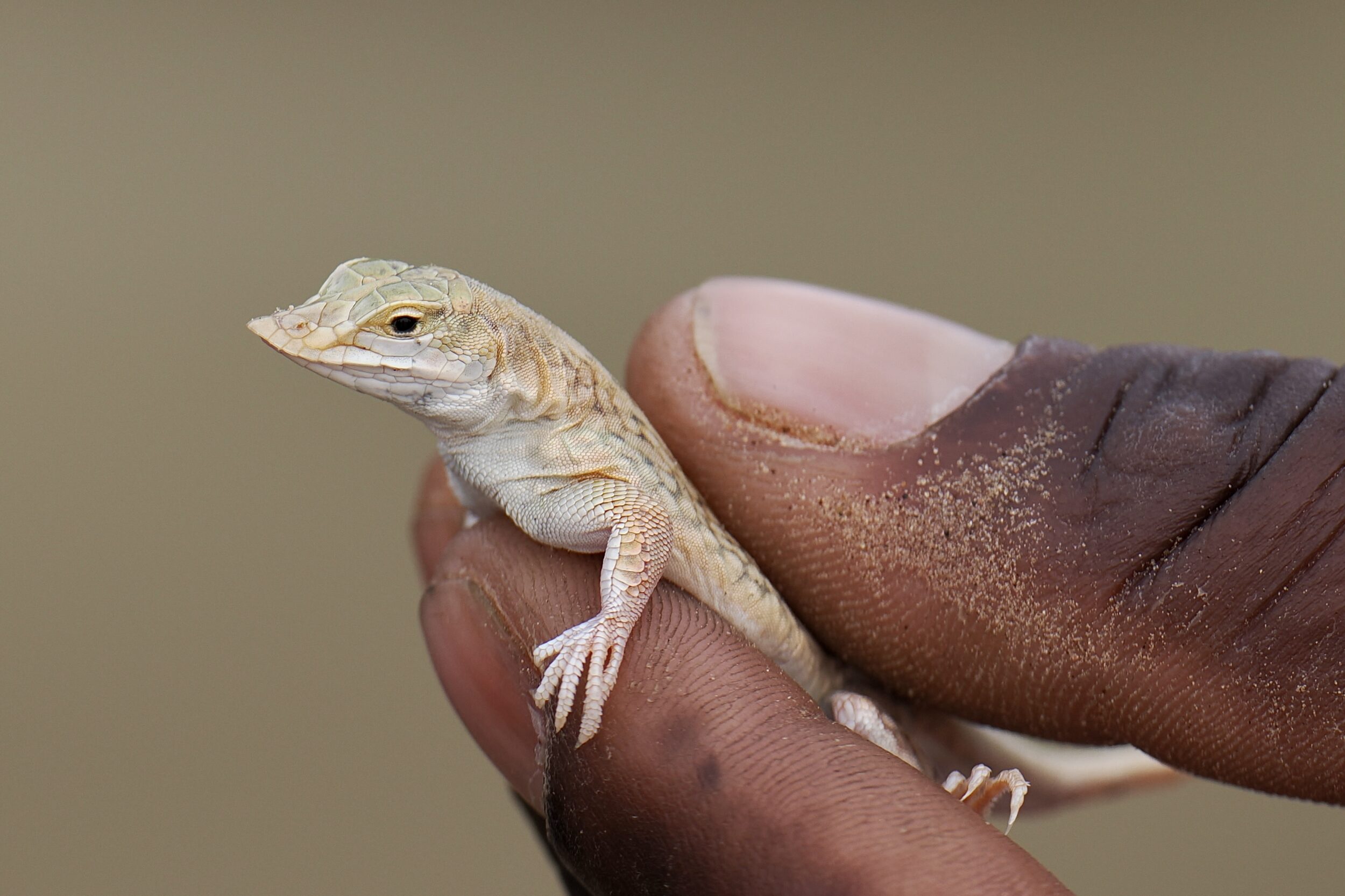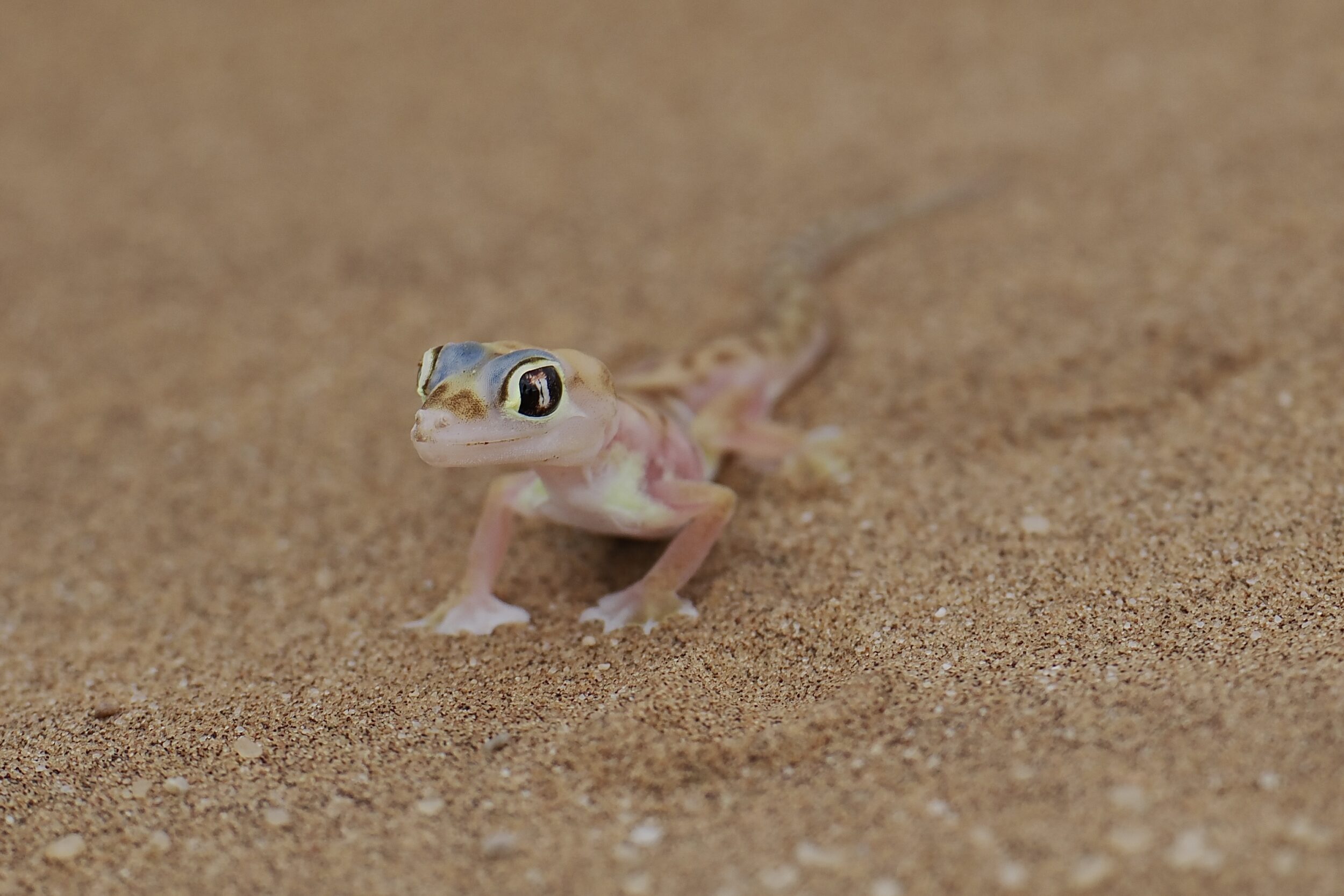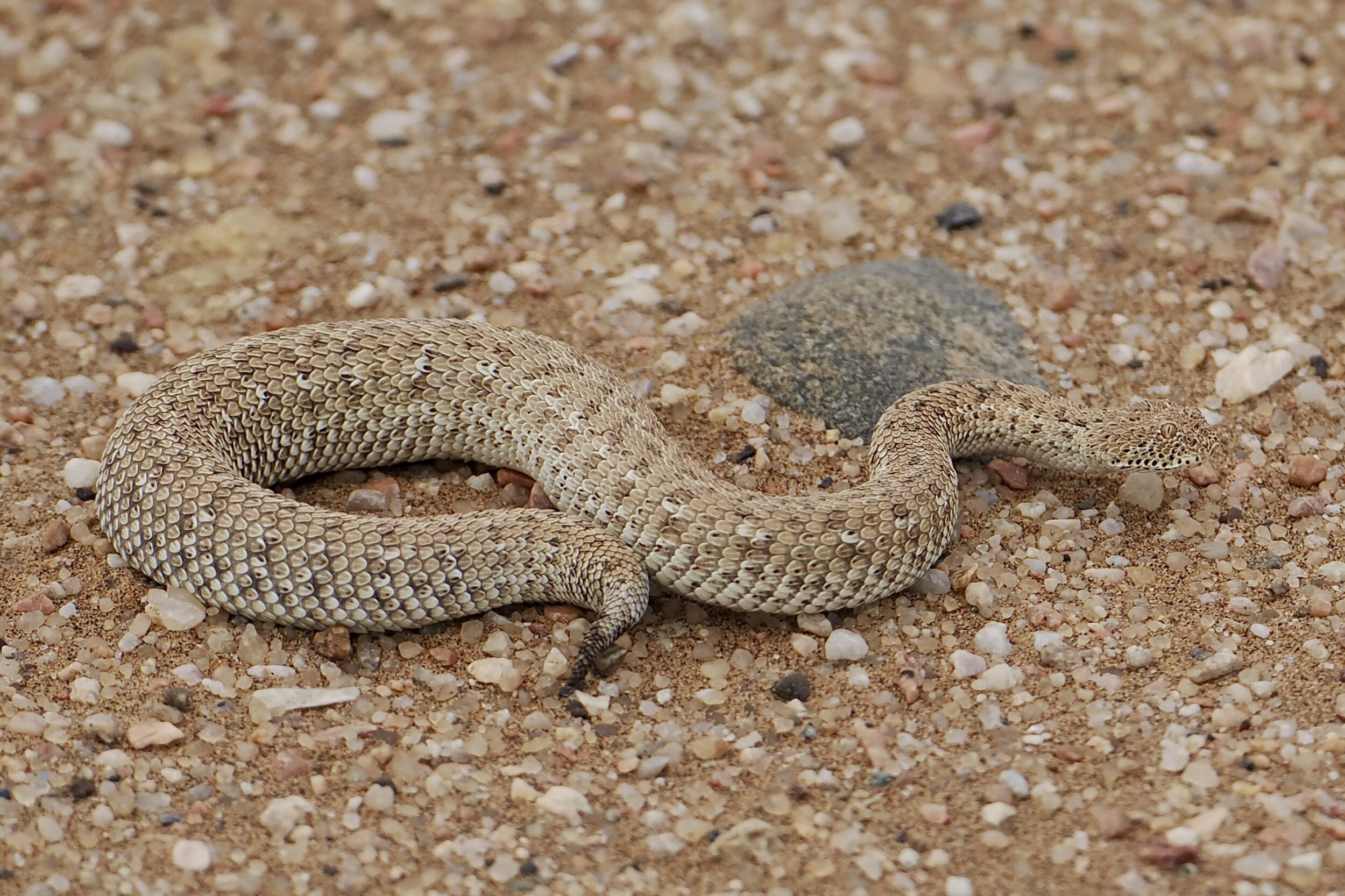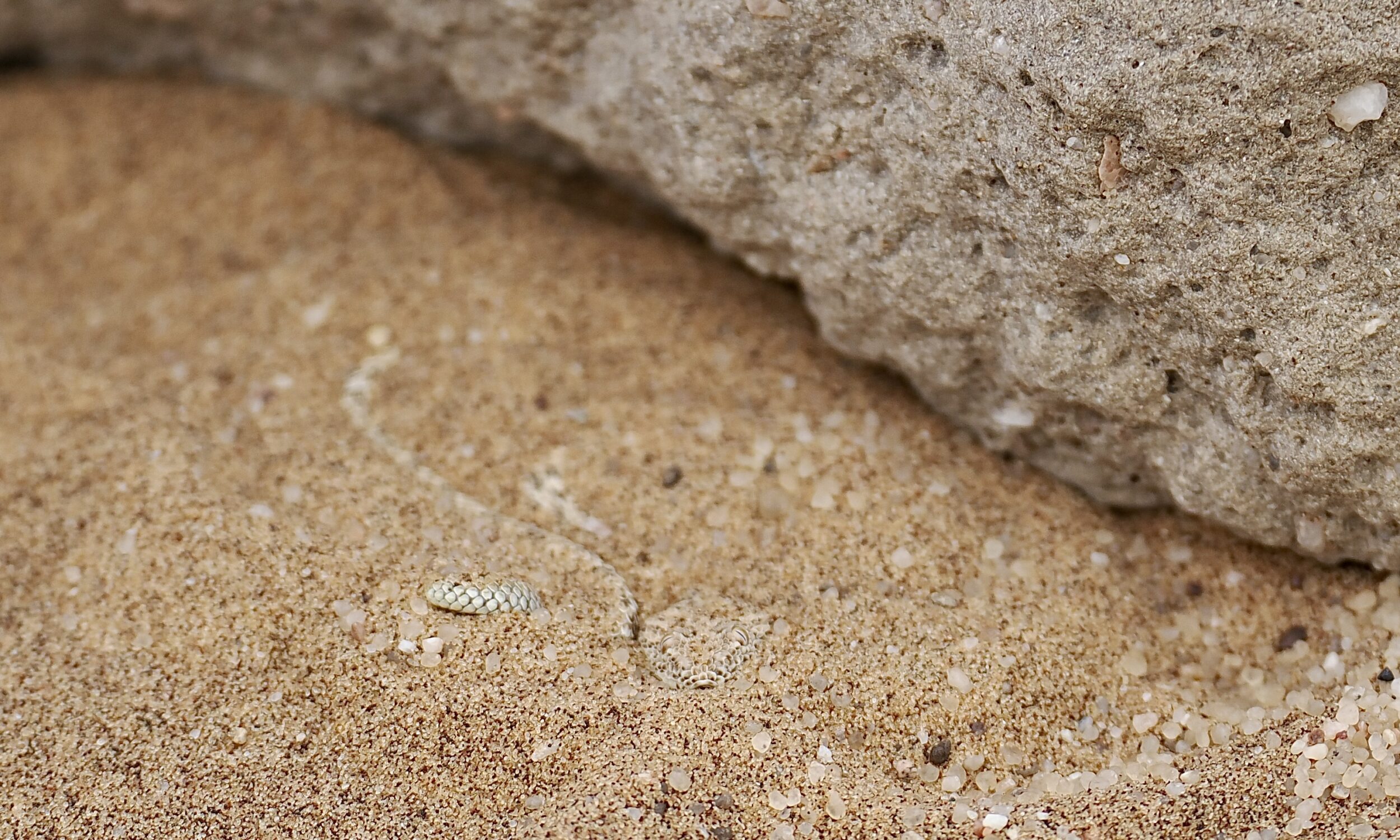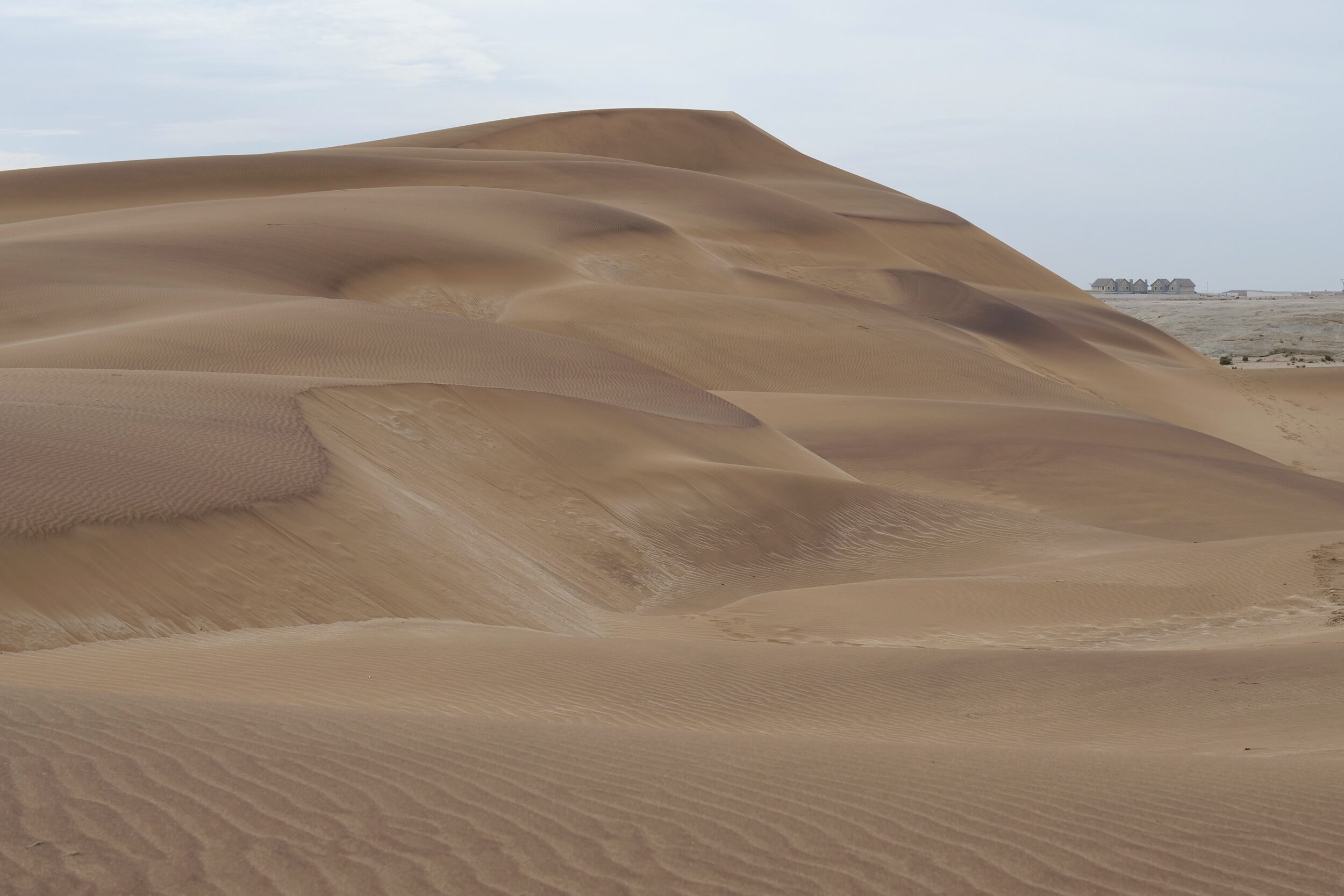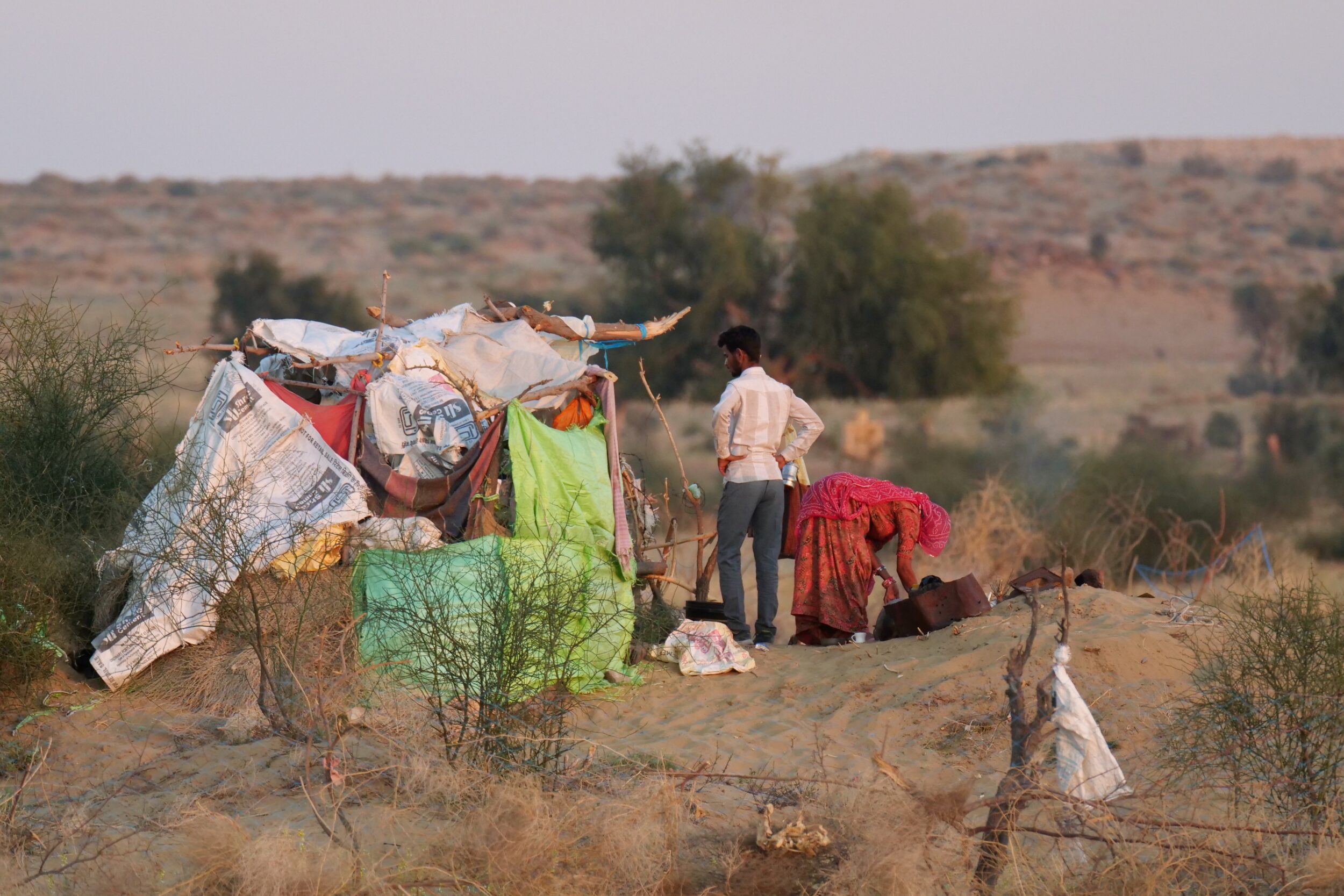This post’s photo was taken shortly before sunset, at 8.11 pm on 21 January 2023.
Near the southernmost kink in Aldinga Beach’s Lower Esplanade, I was standing on the top of the stairs to Silver Sands – the southern section of Aldinga’s long strand.
As had been true at the same time on the previous day, a cooling breeze was blowing.
Accordingly, sandgrains were dancing; click here to see a photo, taken at beach level, with a wide-angle (24 mm) rather than a telephoto (146 mm) lens.
Comments closed